NASA Hubble News
Read about the latest Hubble discoveries. See its most recent images, and explore its older image and science releases.
Search Hubble News
Type
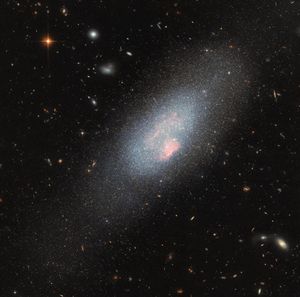
This NASA/ESA Hubble Space Telescope image features a glittering blue dwarf galaxy called Markarian 178 (Mrk 178). The galaxy, which…
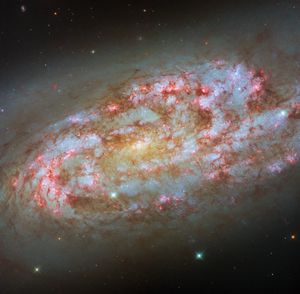
This NASA/ESA Hubble Space Telescope image features a stormy and highly active spiral galaxy named NGC 1792. Located over 50…

NASA’s Hubble Space Telescope reobserved interstellar comet 3I/ATLAS Nov. 30, with its Wide Field Camera 3 instrument. At the time,…
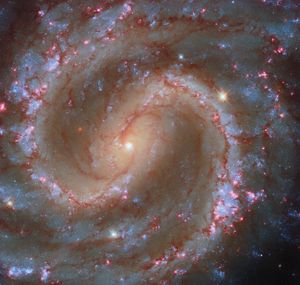
Today’s NASA/ESA Hubble Space Telescope image features the spiral galaxy NGC 4535, which is situated about 50 million light-years away…

This article was updated to include the full range of dates from the SOHO image. Lee esta historia en español…

Stars of all ages are on display in this NASA/ESA Hubble Space Telescope image of the sparkling spiral galaxy called…
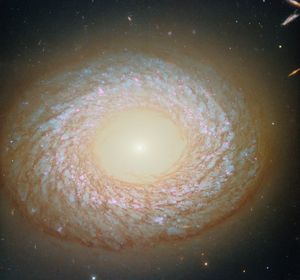
This NASA/ESA Hubble Space Telescope image features a galaxy that’s hard to categorize. The galaxy in question is NGC 2775,…
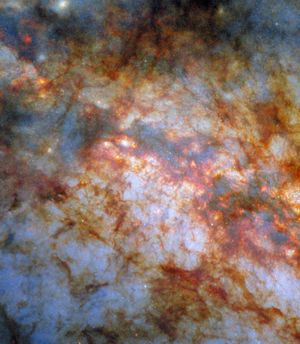
This NASA/ESA Hubble Space Telescope image reveals new details in Messier 82 (M82), home to brilliant stars whose light is…

In our nearby stellar neighborhood, a burned-out star is snacking on a fragment of a Pluto-like object. With its unique…

This artist's concept shows a white dwarf surrounded by a large debris disk. Debris from pieces of a captured, Pluto-like…
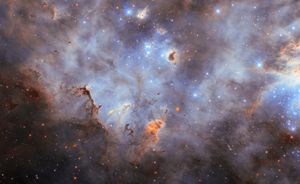
This new NASA/ESA Hubble Space Telescope image features a cloudy starscape from an impressive star cluster. This scene is in…

While it may appear as just another spiral galaxy among billions in the universe, this image from the NASA/ESA Hubble…

This NASA/ESA Hubble Space Telescope image features a galaxy whose asymmetric appearance may be the result of a galactic tug…
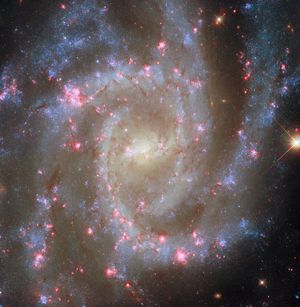
This NASA/ESA Hubble Space Telescope image offers a new view of the nearby spiral galaxy NGC 2835, which lies 35…
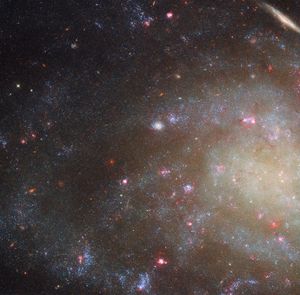
This NASA/ESA Hubble Space Telescope image zooms in on the feathery spiral arms of the galaxy NGC 45, which lies…
Information
Media Resources
Need to talk to our communication's team? Need b-roll for the documentary your making? This page helps you find the Hubble media information you need.
Find Media Information about Media Resources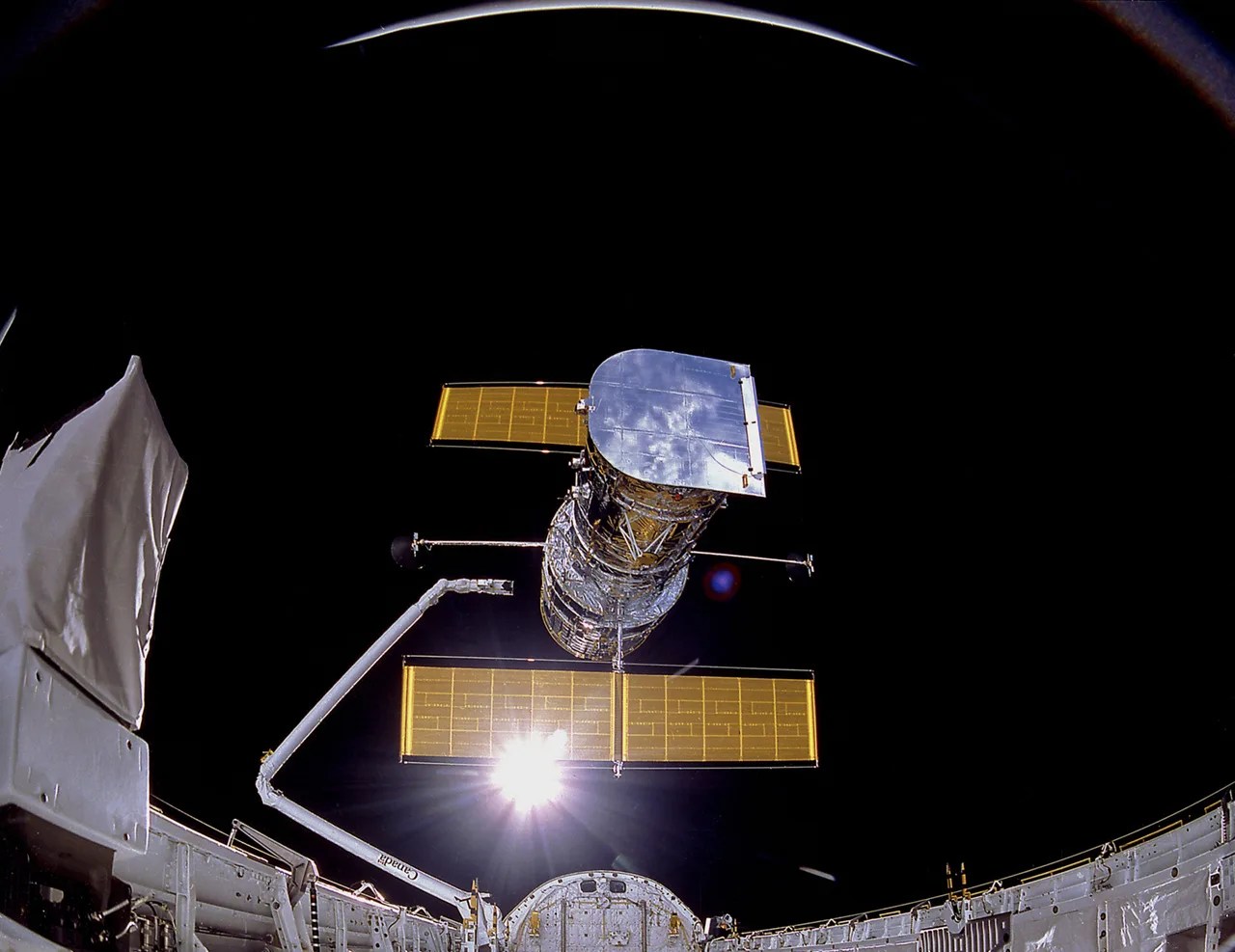




























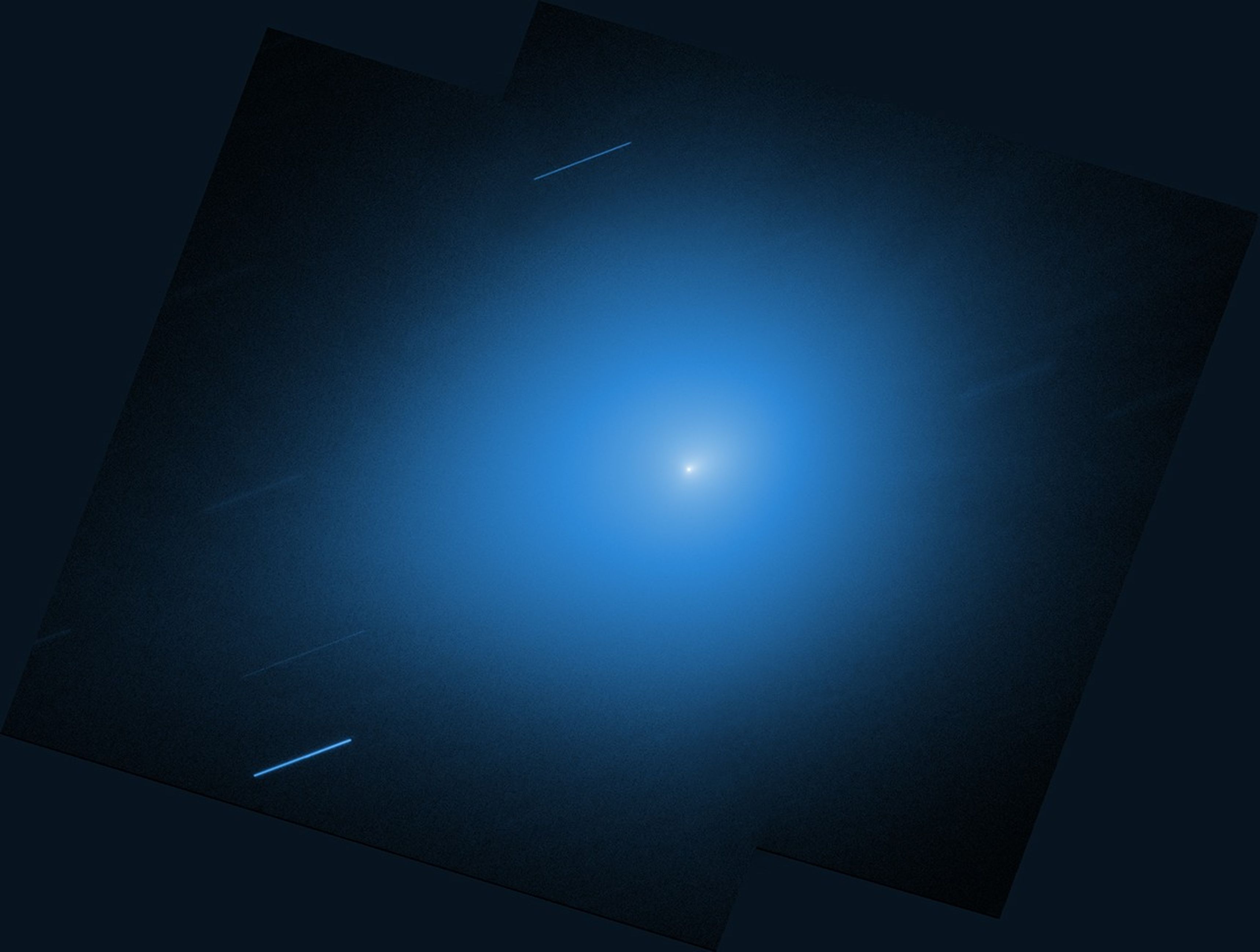




Hubble
Social Media
These accounts represent NASA's Hubble Space Telescope on social media and follow the agency's policies and guidelines. Find the ones that match your interests and begin exploring!
Explore Social Media about Social Media